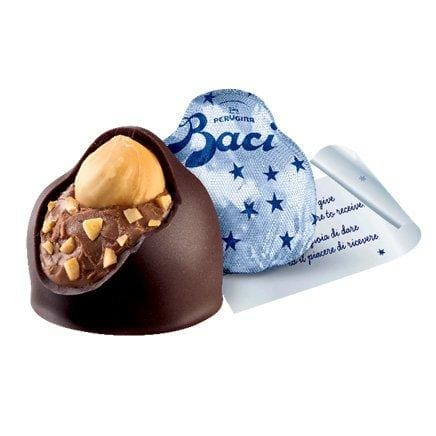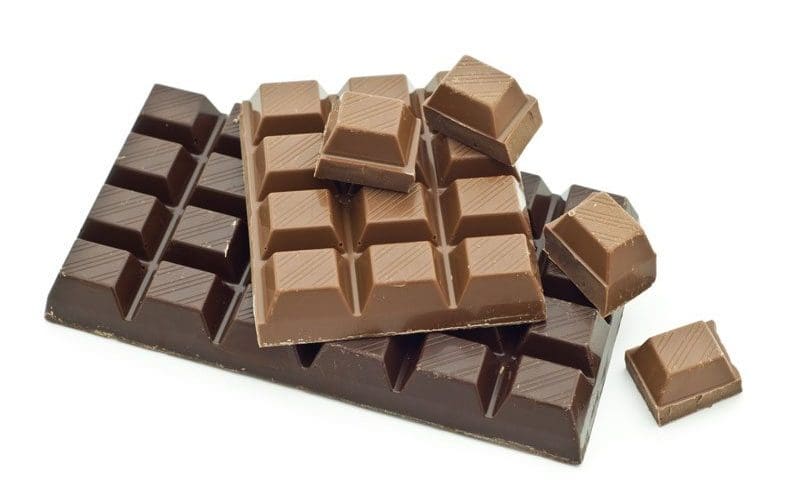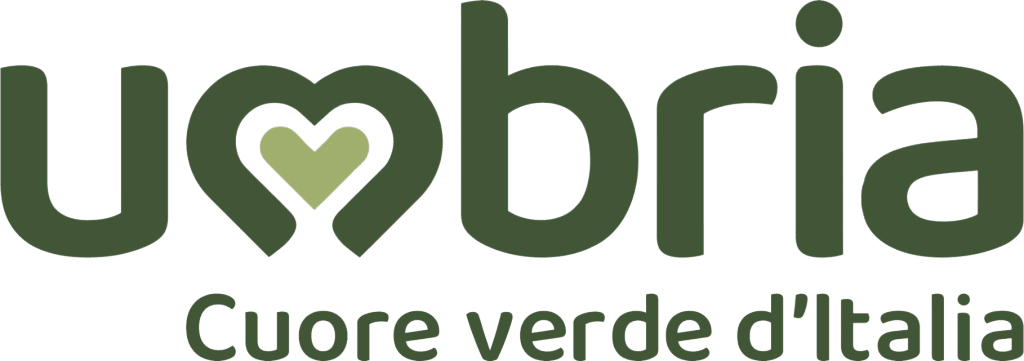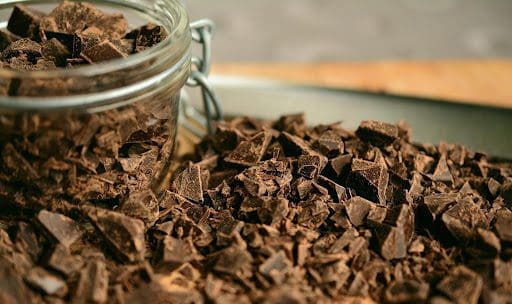Perugia and Perugina
From the foresight, sagacity, vision and revolutionary and modern ideas of Luisa Spagnoli, Perugina was born in 1907 from a small laboratory in the center of Perugia, taking over a grocery store together with her husband Annibale Spagnoli and giving rise to a new idea of understanding and transform cocoa and chocolate: in Perugia, rich in small shops, industrial activities spread which expanded the chocolate market and above all the fame of Perugia.
“The famous creation based on chopped hazelnuts, gianduja and dark chocolate coating, a great intuition of Luisa Spagnoli over a century ago and still today the workhorse of Casa Perugina, originally had the shape and name of a fist or rather of a “punch”. A name that was later changed by Giovanni Buitoni in 1924 into the famous Bacio Perugina”.

The origins
The cultivation, dissemination, marketing and consequently the kaleidoscopic use of chocolate or cocoa is relatively recent. We are between the 16th and 5th centuries BC, in the Yucatan peninsula, when the monkeys began to feed on the cocoa fruit, the pod, eating the pulp and throwing away the seeds (what are known today as cocoa beans) and contributing to the spread of cocoa plants. And it is precisely by imitating the monkeys that the Maya approached the “fruit of the gods” starting from the fifth century BC and spreading cultivation. It is said that the entire Masomaerican population considered cocoa a divine gift: therefore linked to important celebrations and sacred rites. Nonetheless, the Mayans had understood the nutritional properties and the potential contained in the fruit: it was believed, in fact, that cocoa was a sexual tonic and therefore was given to the bride during the marriage ritual. Divine fruit, dish for rituals and still a currency of exchange, cocoa becomes an integral part of everyday life for the Mayan population. The modern processing of cocoa to obtain chocolate actually dates back to the Mayas, with small modifications, different cuts, new techniques but essentially it was the Mayas who taught us how to transform seeds wrapped in a white and stringy substance into modern chocolate: the the fruit (the cabossa) was opened leaving the seeds (the beans) to ferment in the sun; then followed the roasting and grinding with a rolling pin that broke the bean letting out the cocoa butter (the fatty part of the fruit) to which added flavorings and corn flour giving rise to the cocoa mass. They were then preserved by drying in pats and consumed with the addition of hot water, filtered and drunk cold as a drink after a meal and called by the Aztecs “tciocoatl”, while the cocoa plant was “cacahuatl”.
ChocoPills: chocolate and philosophy
“Chocolate was particularly appreciated by the Enlightenment. Voltaire consumed several cups a day, finding chocolate very useful for philosophical speculation: unlike alcohol which dulled cognitive abilities, chocolate stimulates them” – Luca Fiorucci, journalist
But we don’t listen to Voltaire and recommend chocolate with wine!
With chocolate we have organoleptic sensations such as succulence (salivation when tasted), the bitter tendency (linked to the cocoa % of chocolate which we remember have tannins like wine), fatness (linked to cocoa butter and milk), structure, aroma, intensity, sweetness and persistence. Depending on the organoleptic properties of the chocolate, we will be able to combine the wine that best marries and matches. For succulence, for example, we will look for a wine with alcohol and tannins. For the bitter tendency, alcohol and softness. For the fatness a savory wine.

- Jan
- Feb
- Mar
- Apr
- May
- Jun
- Jul
- Aug
- Sep
- Oct
- Nov
- Dec



